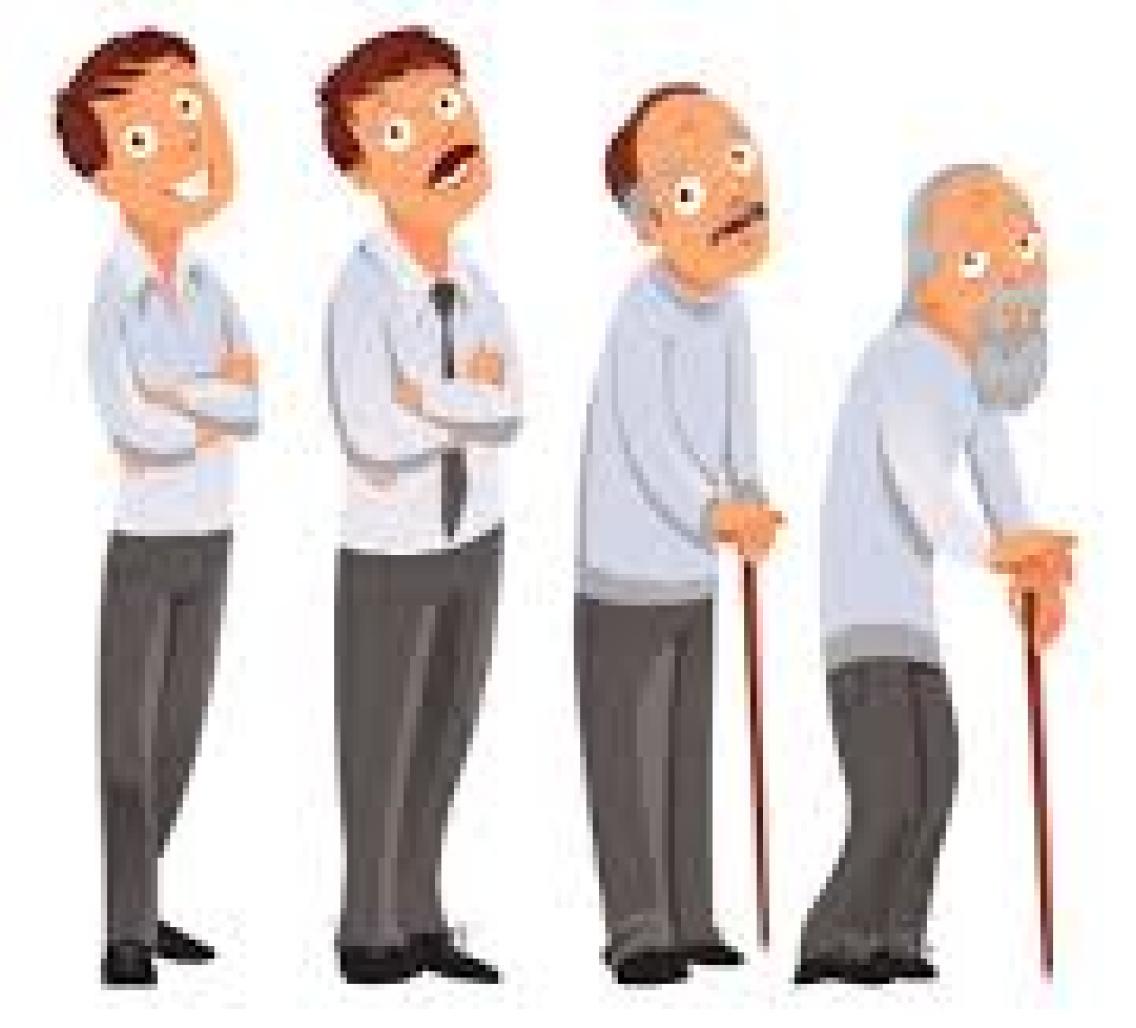Elora H. López
Every moment of every day, every person on Earth ages. The phenomenon is as ubiquitous as it is inescapable…for now. And yet, for all its ubiquity, we know surprisingly little about the speed, timing and causes of aging throughout the body.
New research gives us a clearer picture: scientists have created a map and timeline of how and when every single organ in a mouse’s body shows signs of aging. The study was published in Nature in July and was co-led by Nicholas Schaum, a postdoctoral researcher neurology and neurological Sciences at Stanford. Tony Wyss-Coray, professor of neurology and neurological sciences, was senior authored the paper.
“The vast majority of deaths are due to age-related maladies,” Schaum said. “If we can understand aging at the cellular and molecular level, we stand a chance of reversing the aging process.”
Schaum and his coauthors measured gene activity in 17 different organs from male and female mice at different ages, ranging from 1 to 27 months old (that’s equivalent to 13 to 75 years old in human years, Schaum said). They looked for high activity in genes associated with aging, such as genes that make proteins involved in inflammation. Certain hallmarks of aging were common across all organs as the mice grew older—including increased inflammation and a breakdown of mitochondria, which cells need to make energy.
The team also measured how the types of cells in different tissues shift with age. They found that plasma cells, a type of immune cell, accumulate in many different organs, including the kidneys, heart and liver, as they age. This was a surprising result, but it could help explain why autoimmune disorders affect older people more than younger people. "We suspect that this accumulation of plasma cells may contribute to autoimmune diseases, since these are the cells responsible for producing autoantibodies," Schaum said.
Fat tissues showed these changes before any other type of tissue, starting in the early to middle stages of life. Schaum noted that reducing the number of calories an animal consumes is a currently thought to slow down aging, but said, “We don’t know if caloric restriction impacts one organ more than another.” This is an area for future research, he said.
Now that scientists have a detailed map of aging, they can use this as a reference point for what a normal mouse’s organs look like at a certain age. The markers of aging they identified could also be used to test the effectiveness of different anti-aging treatments in the laboratory. Schaum said, “Our ultimate goal is to prevent age-related diseases.”
